In the world of supercars, speed is the ultimate badge of honor. Over the years, certain models have pushed the limits of what was considered possible, leaving enthusiasts and skeptics alike astonished. These vehicles didn’t just break records; they shattered preconceived notions about performance and engineering.
Bugatti Veyron 16.4

The Bugatti Veyron 16.4 debuted in 2005 and immediately changed the supercar landscape. With a top speed of 253 mph, it was the first production car to break the 250 mph barrier. Its quad-turbocharged W16 engine produced 1,001 horsepower, a figure that seemed almost mythical at the time.
Engineered with cutting-edge aerodynamics and a sophisticated all-wheel-drive system, the Veyron set a new benchmark for speed and luxury. It not only proved that such velocities were achievable but also made them accessible in a car that could be driven comfortably on city streets.
McLaren F1

Launched in 1992, the McLaren F1 was nothing short of revolutionary. Its top speed of 240 mph set a record that stood for over a decade. Powered by a naturally aspirated BMW V12 engine, the car’s performance was considered groundbreaking at the time.
The McLaren F1 was more than just fast; it was a technological marvel. It featured a central driving position, a carbon-fiber monocoque chassis, and innovative aerodynamics. These elements combined to create a driving experience that was both exhilarating and unparalleled.
Ferrari F40

The Ferrari F40, introduced in 1987, was the last Ferrari personally approved by Enzo Ferrari. It was designed to celebrate the company’s 40th anniversary, and it did so in spectacular fashion. With a top speed of 201 mph, it was the first road car to break the 200 mph barrier.
Its twin-turbocharged V8 engine delivered 478 horsepower, and its lightweight construction was a testament to Ferrari’s racing pedigree. The F40 was a raw, unfiltered supercar that prioritized performance above all else, captivating drivers and critics alike.
Lamborghini Diablo

When the Lamborghini Diablo was unveiled in 1990, it immediately captured the imagination of car enthusiasts worldwide. With a top speed of 202 mph, it was among the fastest cars of its time. The Diablo’s 5.7-liter V12 engine produced 485 horsepower, ensuring it lived up to its devilish name.
The car’s aggressive styling and scissor doors made it an icon of the 1990s. Despite its imposing design, the Diablo was engineered for both speed and drivability, offering a thrilling experience on both road and track.
Koenigsegg CCXR

The Koenigsegg CCXR, introduced in 2007, was a game-changer for the Swedish manufacturer. It had a top speed of over 250 mph, thanks to its twin-supercharged V8 engine that produced an astonishing 1,018 horsepower when running on biofuel.
The CCXR was one of the first hypercars to embrace sustainable technology, using E85 ethanol to achieve its remarkable performance. Its lightweight carbon-fiber construction and advanced aerodynamics made it one of the most formidable supercars on the planet.
Porsche 959

The Porsche 959 debuted in the mid-1980s and was considered the most technologically advanced car of its time. With a top speed of 197 mph, it was one of the fastest production cars in the world. Its twin-turbocharged flat-six engine and all-wheel-drive system were groundbreaking innovations.
The 959 was a showcase of Porsche’s engineering prowess, featuring advanced suspension systems and a lightweight body. Its influence can still be seen in modern supercars, making it a timeless classic in the automotive world.
Jaguar XJ220

The Jaguar XJ220, launched in 1992, set a new standard with its top speed of 217 mph. It was briefly the fastest production car in the world. Powered by a twin-turbocharged V6 engine, the XJ220 was initially conceived as a V12, but the final result was no less impressive.
The car’s sleek design and robust performance captured the essence of 1990s supercar culture. It was a daring project for Jaguar, reflecting both ambition and innovation in its pursuit of speed.
Aston Martin One-77

The Aston Martin One-77 made its debut in 2009, stunning the automotive world with its top speed of 220 mph. Limited to just 77 units, this exclusive model was powered by a naturally aspirated 7.3-liter V12 engine producing 750 horsepower.
The One-77 combined Aston Martin’s signature elegance with aggressive performance. Its handcrafted aluminum body and advanced carbon-fiber monocoque construction made it one of the most desirable and potent supercars ever made.
Pagani Huayra

When the Pagani Huayra was introduced in 2011, it quickly became known for its artistry and speed. With a top speed of 238 mph, it was powered by a twin-turbocharged V12 engine supplied by Mercedes-AMG, producing 730 horsepower.
The Huayra was not just about speed; it was a masterpiece of design. Its intricate details and innovative aerodynamics made it a standout in the supercar arena, offering an experience that was as much about visual delight as it was about performance.
SSC Ultimate Aero

The SSC Ultimate Aero took the automotive world by storm in 2007 when it claimed the title of the world’s fastest production car with a top speed of 256 mph. Its twin-turbocharged V8 engine generated a whopping 1,183 horsepower, propelling it to unprecedented speeds.
This American supercar was a testament to raw power and engineering skill, proving that innovation was not limited to traditional automotive powerhouses. The Ultimate Aero’s record-breaking feat remains a significant milestone in the history of high-speed automobiles.
Like Fast Lane Only’s content? Be sure to follow us.
Here’s more from us:
*Created with AI assistance and editor review.

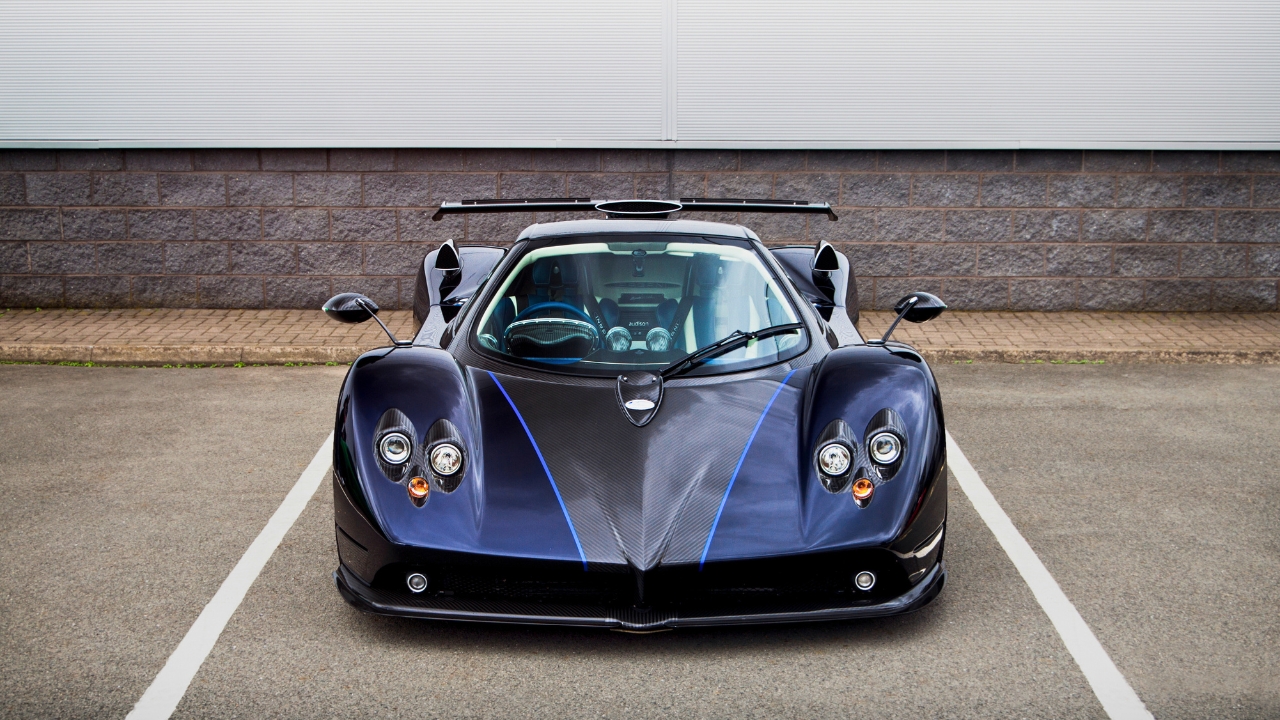
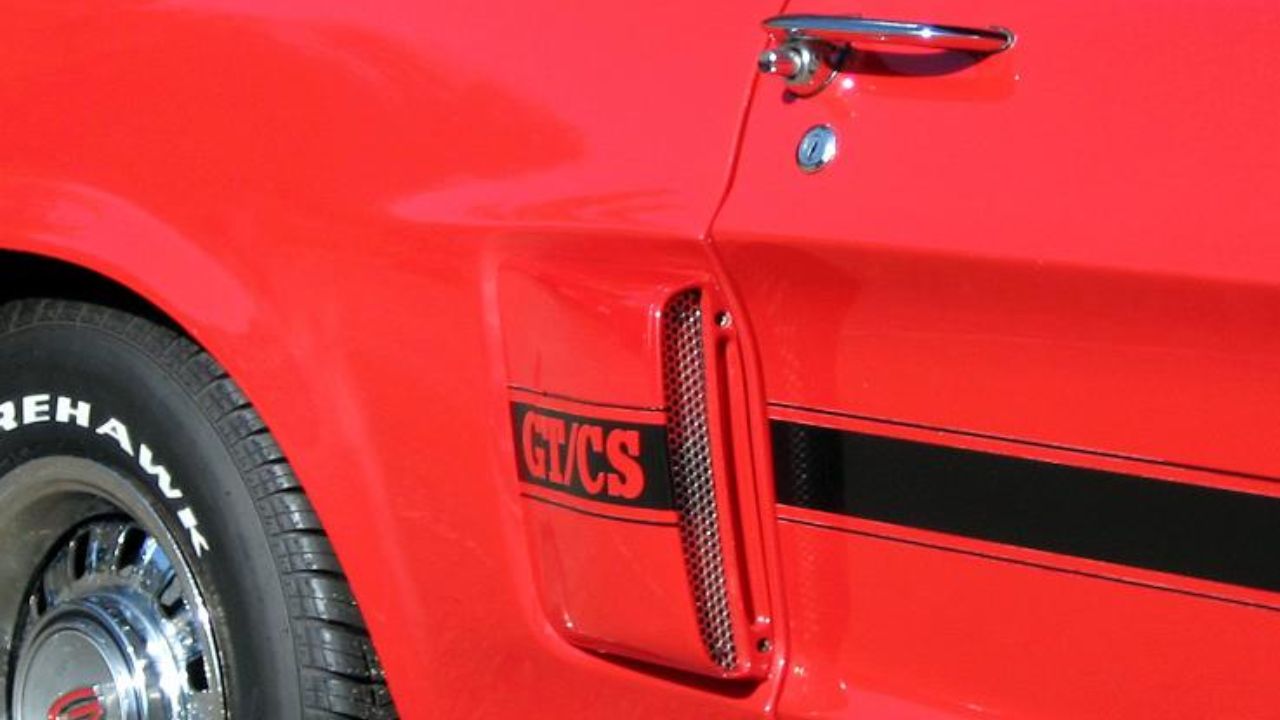
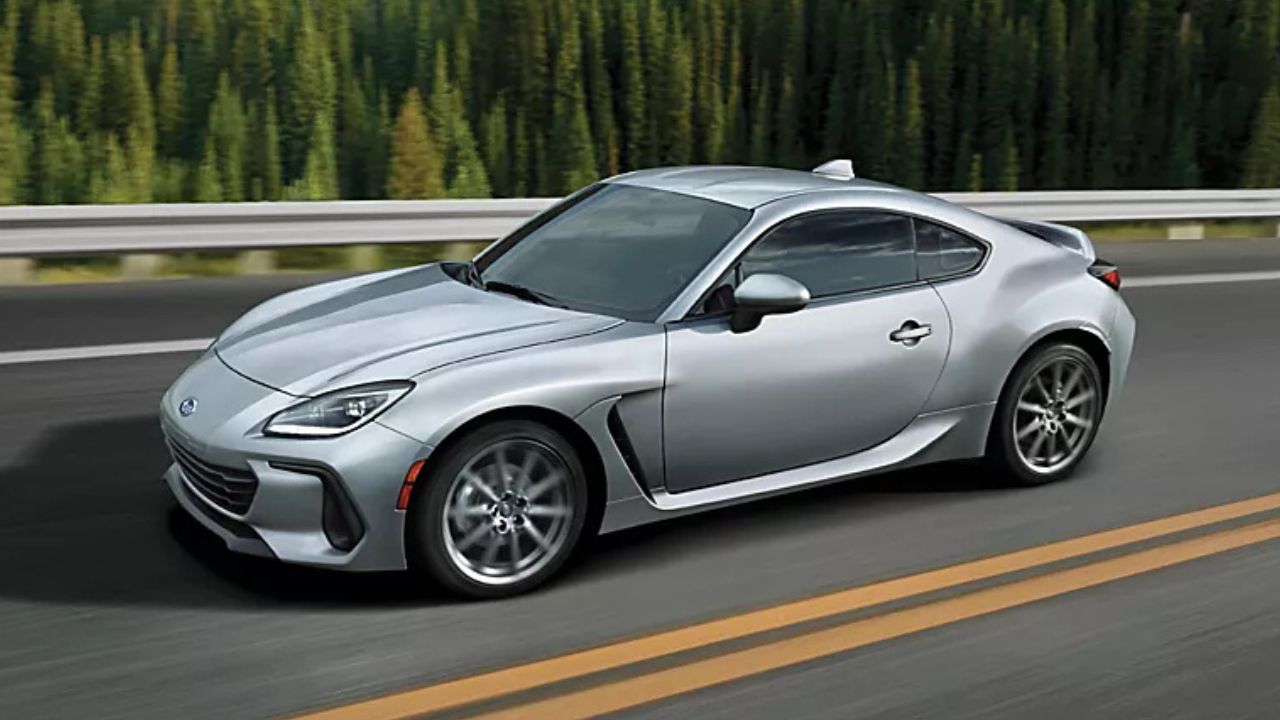
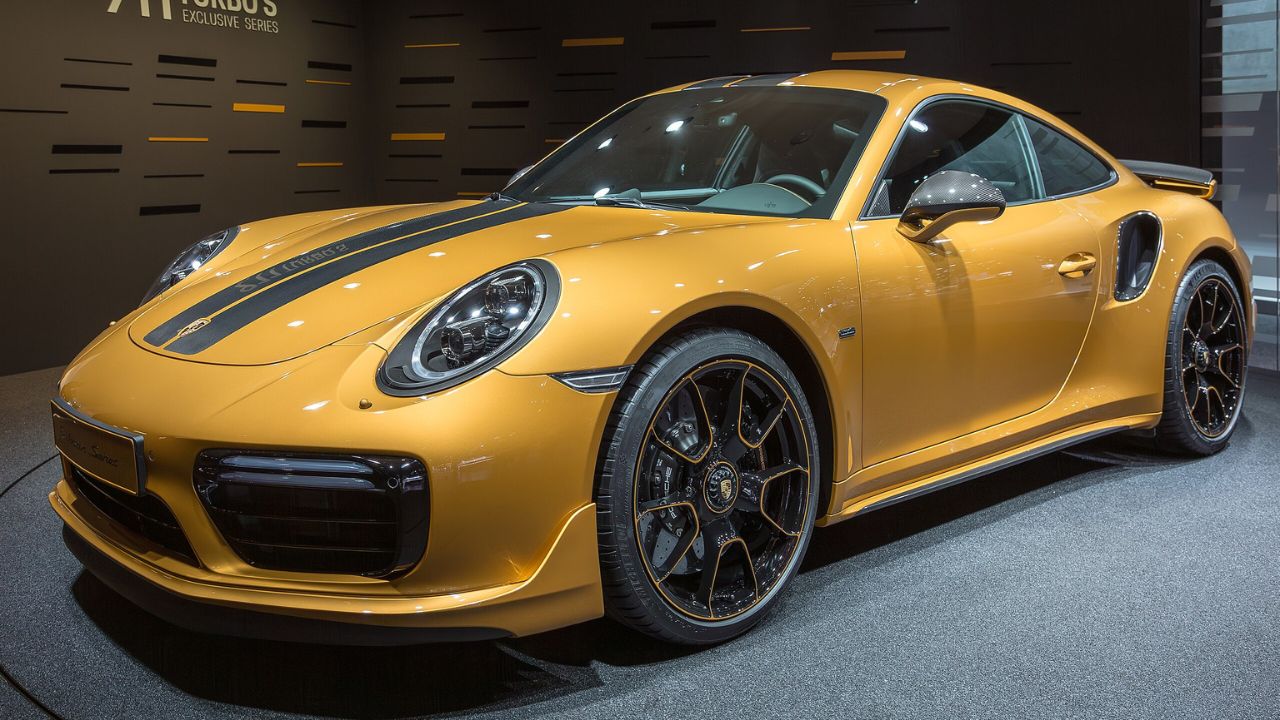
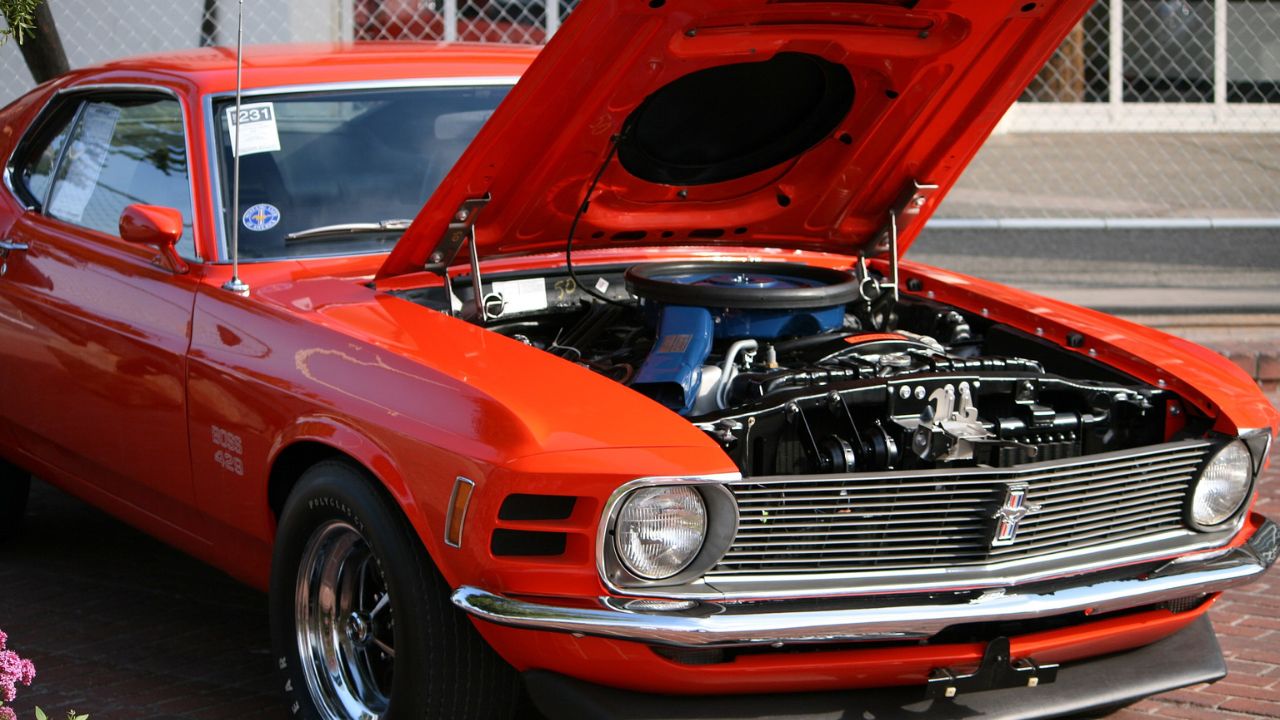
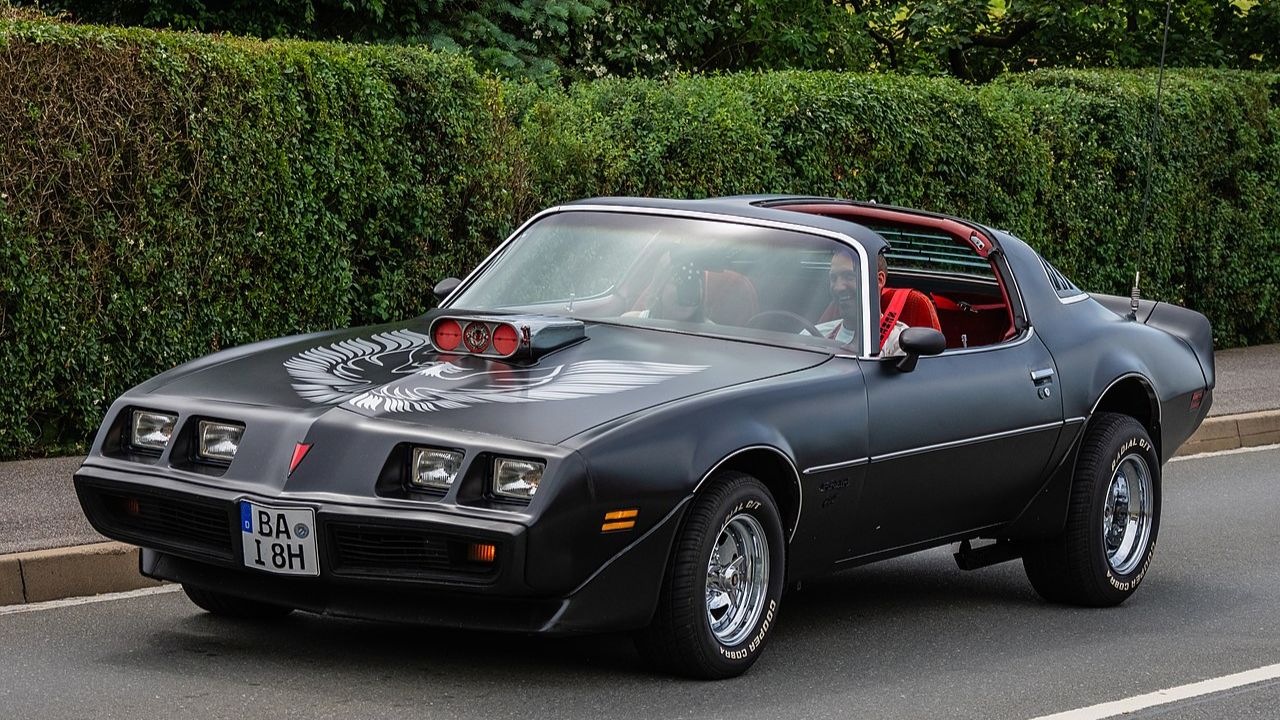
Leave a Reply